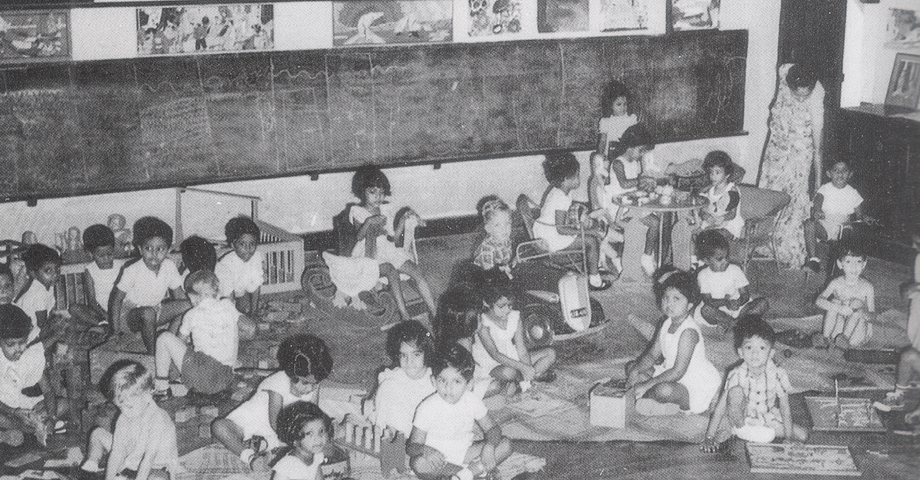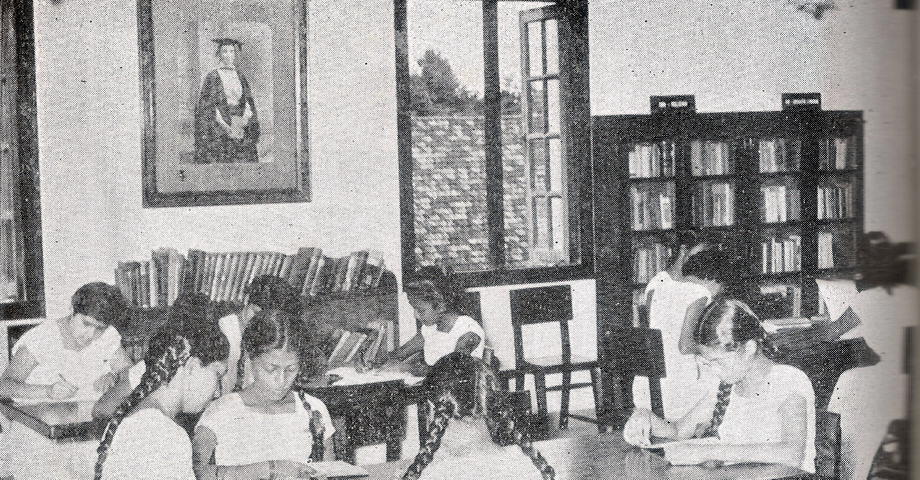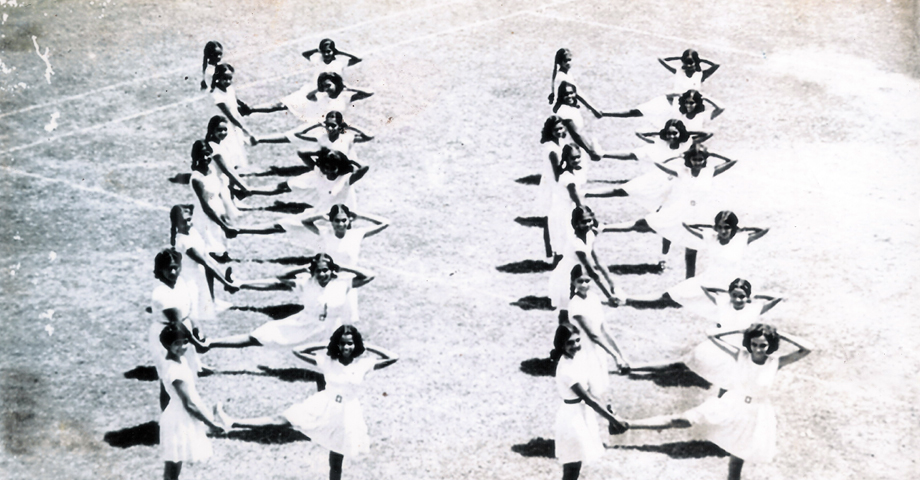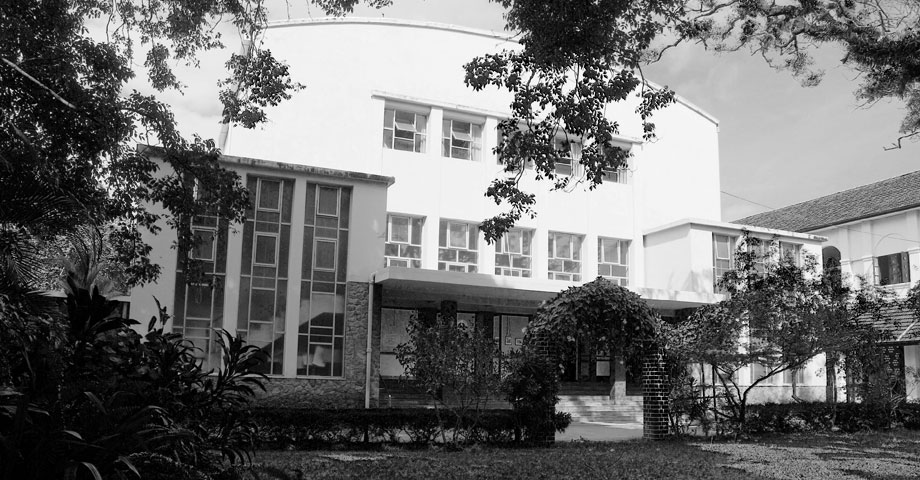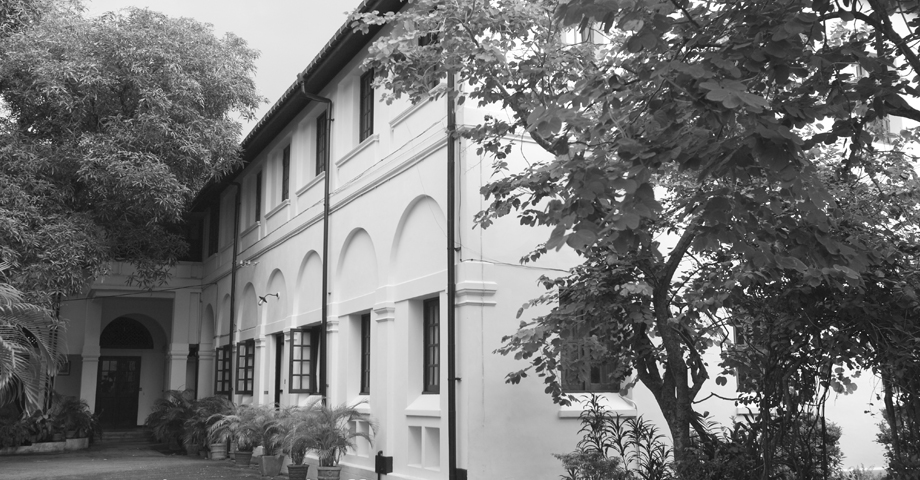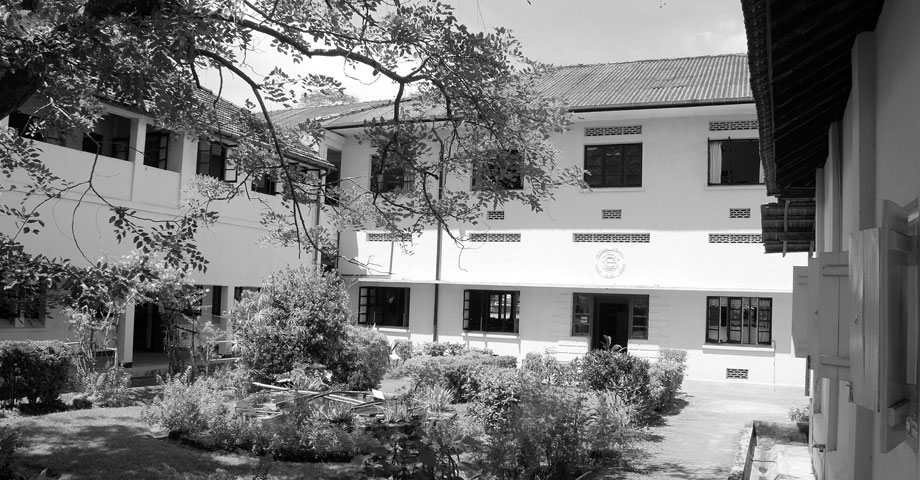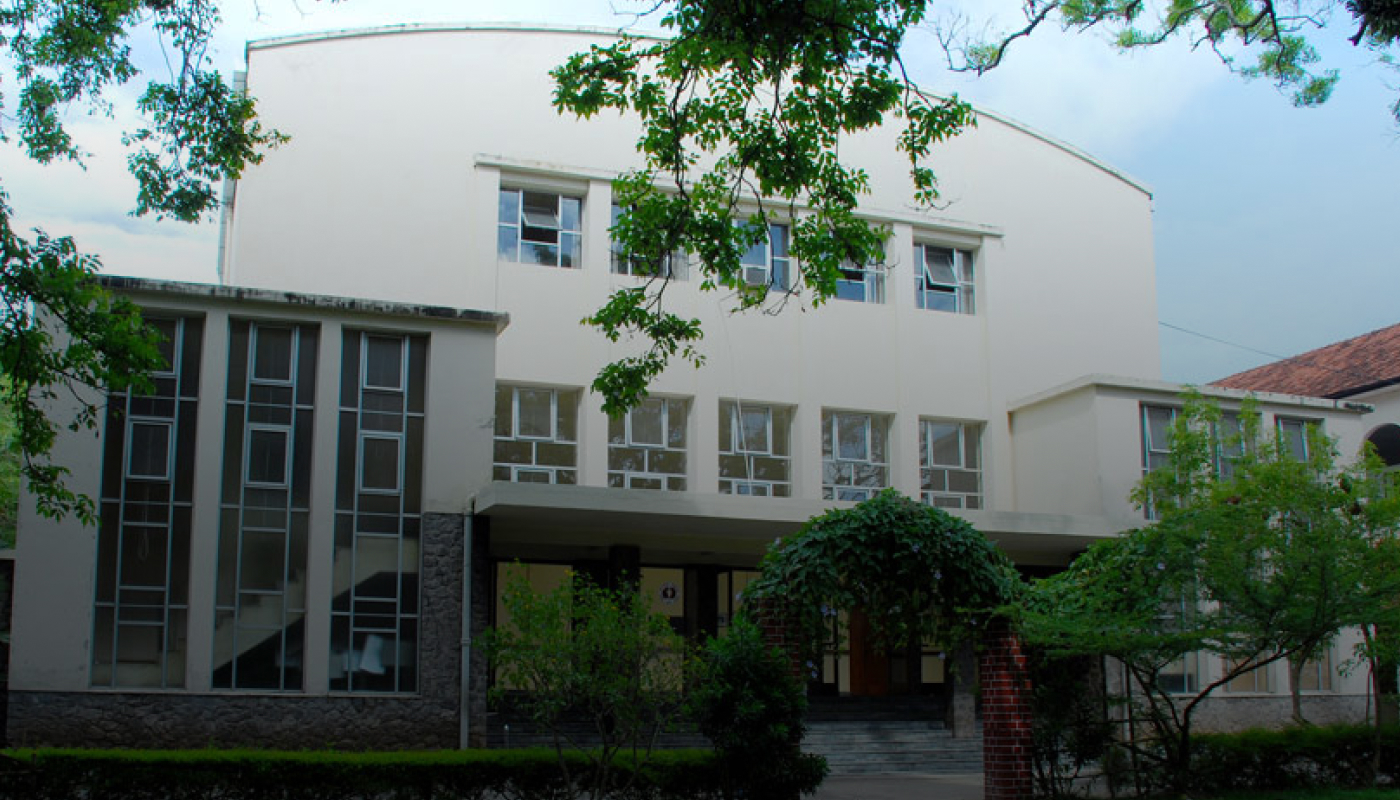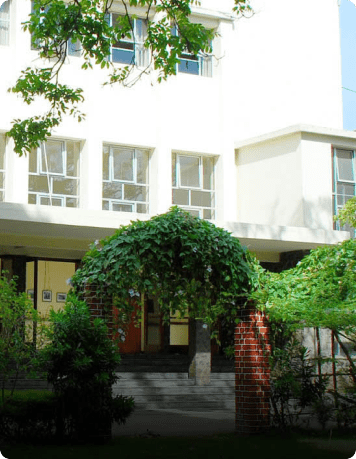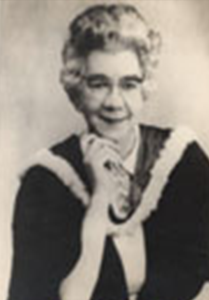
Mabel Simon
Principal 1946 – 1963
Mabel E. Simon took over as Principal in 1946 and had the arduous task of running a “private” school, the needs of which at times ran counter to the wider requirements of the national educational policies.
It was difficult to maintain a balance of interests. In 1945, there was a proposal to abolish tuition fees in all state-aided denominational schools. The state was to bear the cost of running the schools, but would determine their facilities in terms of teachers and equipment.
“For Ladies’ College, whose superior quality arose from the high teacher-student ratio, the wide choice of subjects right up to the Senior Certificate class and the various types of specialized teaching, such governmental restrictions in the number and choice of teachers or the courses taught could be stultifying. For a school like Ladies’ College, which now stood so near the apex of the educational pyramid in Ceylon, having been a pioneer in the training of primary and secondary school teachers and having produced some of its most educated citizens, it was obvious that a policy of standardization could so easily result in an impoverishment of their education generally.”
During the controversy, Ms. Simon was convinced that the only sound educational policy was for the school to become independent. A dedicated successor to Ms. Nixon, she chose the harder financial burden over the restrictions and control of the Government scheme. In this way, the Christian purpose – namely, a high standard of education for women for which the College had been founded – would best be fulfilled. With the support of the C.M.S. Governing body and in association with a number of other leading schools in the island, the decision was taken.
The efforts to mitigate the evils of division inherent in teaching in three languages in a multi-racial school have proved effective. The fellowship engendered in Ladies’ College remained unbroken. During the many ethnic riots, only friendliness, cooperation and helpfulness were shown among pupils, staff and servants. We remained “one family unbroken”.
In line with her views on a liberal humanistic education, Ms. Simon insisted that science students must be given a good general education. How far-seeing such an attitude was, in a world of increasing pressure for narrow specialization is seen in the products of that era, for students straddled more than one discipline and excelled in all of them. She had an unerring eye to spot potential not necessarily in the usual “good student, but in many who were not at the top of the class. She was quick to see possibilities, encouraged and fostered talents and gave them direction and openings. Always supportive of the unusual, differently gifted or not academically oriented students, Ms Simon pushed to set up pre-vocational guidance services that would lead to vocational guidance and help such students follow new paths and find new careers in years to come. Her constant attempts to keep Ladies’ College within the rubric of the nation’s educational system whilst maintaining its status as a private institution is seen in her vision for the school not just as an oasis of ethnic harmony but as part of the larger society.
She went forward on three main lines: Organizing the work of the sixth forms for the university entrance examination, developing the non-academic streams and building up a trilingual Primary School into an efficient whole.
She saw the two-fold task of the school to be firstly that of helping the young to grow into their adult roles and secondly to pass on the standards of behaviour and discipline, and the culture and traditions of the nation. In a year of ethnic tensions, Ms Simon stressed the development of a sense of community, a social conscience and a desire for social justice – lessons well learned and very necessary in the years to come.
In 1950, Ladies’ College celebrated its 50th Anniversary. At the Thanksgiving Service, the Bishop dedicated two tablets in the chapel – one for the Founders and one for Ms. Opie. The Opie Memorial laboratories were opened by the Governor General, followed by a Garden Party with Drill Displays, a March Past and a Ballet of the Sleeping Beauty.
Ms. Simon’s vision surfaced again in her decision to create a modern pre-school and childcare centre in 1954. She hired a trained teacher and designed a room with modern furniture and specially imported child-sized toilets. She set up a training school for teachers not only for the school but as she said, “to be of service outside Ladies’ College. I hope that the ideas of child development and welfare which underline this venture will gradually find their way into the work done for young children in Ceylon.”
Despite the absence of governmental support, Ms. Simon continued to expand by building the Nixon Library and Administrative Block with alterations to Copelston Block in 1952 and class rooms the Dibben Block (named after Rev. Dibben) for the middle school in 1958. The new Assembly Hall, built in 1955, was renamed, “Mabel Simon Hall” in her memory in October 2007.
Excerpts from Ladies’ College a centennial narrative 1900-2000 and History of C.M.S. Ladies’ College (1957)
